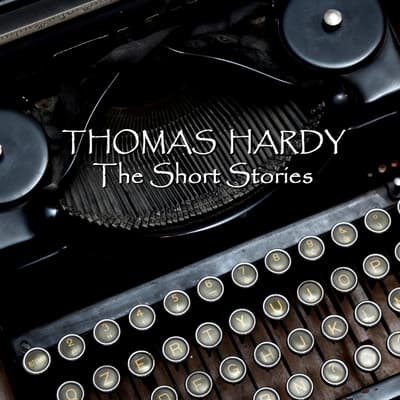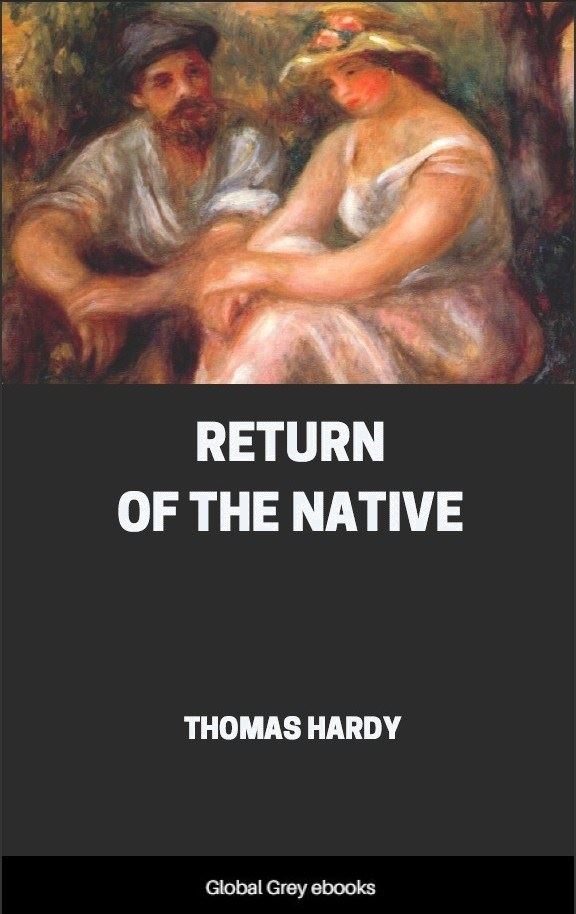

I remember being annoyed on her behalf even back in the 1960s when I first read it. Why is it such a disgrace for Thomasin to return home unmarried because Wildeve has, apparently, made a mistake with the licence? Not her fault at all. Of course Hardy is challenging Victorian moral attitudes in this 1878 novel. John Ruskin called paralleling outside forces such as the weather with the emotions of characters “pathetic fallacy” and Hardy does a great deal of that.

And it’s all played out on the heath – the first 84 pages take place on a dark November 5 th with bonfires and there’s a lot of rain later in the novel.

Eventually the survivors settle to lives which are liveable and the sun comes out. Even Eustacia’s servant Charley is at it. There’s a great deal of fancying the “wrong” person. The lives of these six people intersect and change through two ill-judged marriages, three deaths and one birth. Don’t you just love the names Hardy finds for his characters? Not a Joe or Mary in sight. Damon Wildeve is a weak willed, easily swayed and therefore dangerous chap and Diggory Venn, the reddleman sells red sheep dye to farmers from his mobile horsedrawn van and lurks helpfully and benignly on the heath. Then there’s Eustacia Vye, a mesmerizingly but disconcertingly attractive girl who longs to escape the heath. They are Mrs Yeobright, her son Clym (the titular returner – from Paris) and her niece Thomasin. Three men and three women – all socially a little above the furze cutters who form a sort of chorus – live a few miles from each other on the heath in four houses, one of which is an inn. Furze (gorse) cutting is the main rural occupation of the few people who live there.Ĭoming back to The Return of the Native now – it’s probably 40 years since I last read it – I was instantly absorbed by the tight plotting and by Egdon Heath itself. In Hardy’s version – no doubt how he observed it in 19 th century Dorset – the heath teams with amphibians, snakes (one character is bitten by an adder) birds and plants. Today the National Trust and other organisations are working hard to conserve the small stretches which are left. Hardy’s novel, which could just as easily have been called Egdon Heath, fictionally evokes the ancient heathland of Dorset which was always environmentally special. In that sense it reminds me of Wuthering Heights and Of Mice and Men – the former played out over a few miles of Yorkshire moorland and the latter on a blisteringly hot Californian farm. It’s one of those novels in which the setting broodingly, atmospherically underpins the action to such an extent that it almost becomes a character in its own right.


 0 kommentar(er)
0 kommentar(er)
